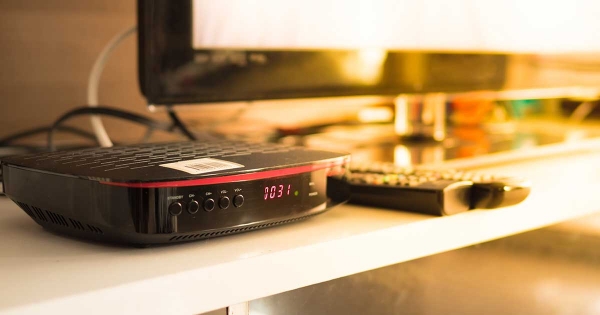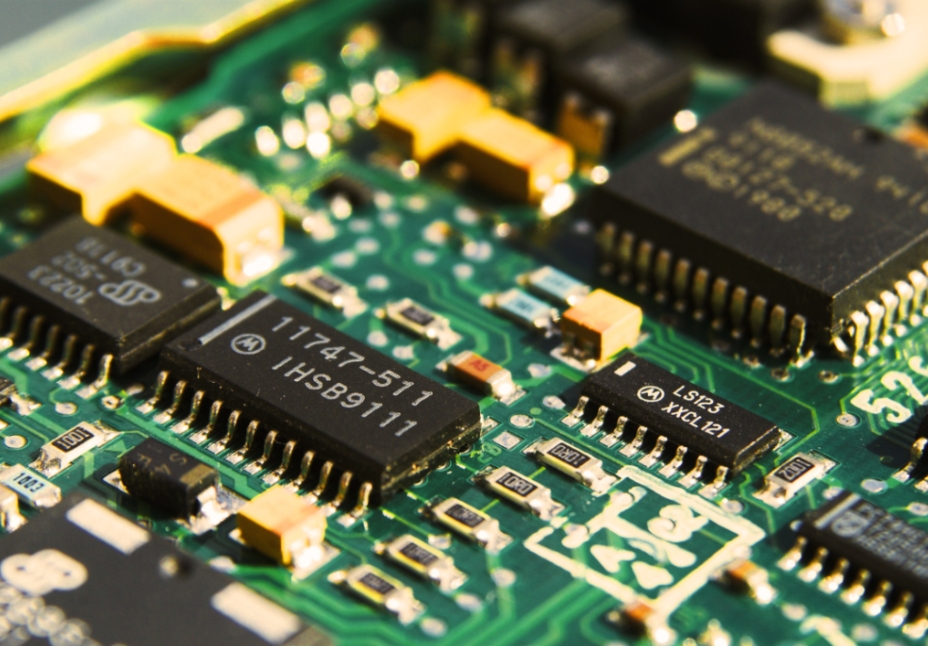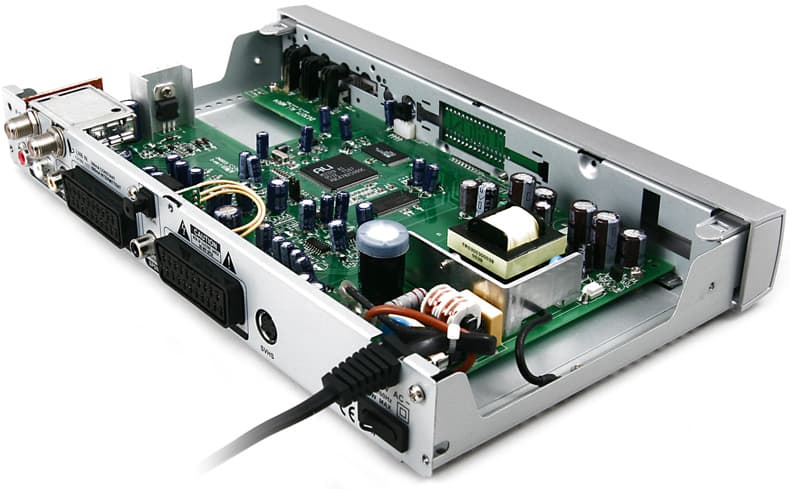How do Set-top box PCB support the decoding of multiple video formats?
In multimedia technology, decoding video formats efficiently is essential for high-quality viewing experiences. Whether streaming the latest blockbuster or watching a favorite show, video decoding is the backbone of video display. For set-top boxes responsible for receiving, processing, and displaying content, the role of the Set-top box PCB is crucial. It ensures that multiple video formats, such as H.264, HEVC, and VP9, are decoded correctly and displayed without lag or distortion. In this blog post, we will explore how Set-top box PCBs support decoding various video formats, the technology behind them, and why the right PCB is essential for smooth, high-quality video playback.
How Set-Top Box PCB Processors Handle Video Formats
The central processing unit (CPU) lies at the heart of the Set-top box PCB and controls the decoding process. The CPU communicates with the video decoder and other components to ensure the efficient processing of video files.
A CPU designed specifically for video decoding can handle complex video formats such as H.264, HEVC (H.265), and VP9. These formats vary in compression algorithms, with HEVC offering better compression ratios for higher video quality at lower bitrates.
The Set-top box PCB houses powerful processors that efficiently decompress video streams. The CPU collaborates with the graphics processing unit (GPU) to manage video data and perform complex scaling and color correction tasks.

Memory components in set-top box PCB video decoding
Set-top box PCBs integrate several types of memory that support video decoding. Dynamic Random Access Memory (DRAM) temporarily stores video data during decoding, ensuring quick and continuous access to video files without delays.
For higher-resolution videos, such as 4K and 8K content, the Set-top box PCB must include larger memory capacities to accommodate the more significant data streams. These higher resolutions demand more processing power, faster data transfers, and the ability to decode multiple video streams simultaneously.
The available memory directly impacts the ability to decode high-resolution video formats. If the memory is insufficient, the Set-top box will struggle with modern video formats, resulting in lag, pixelation, or dropped frames.
The Importance of Power Supply in Video Decoding
Effective video decoding requires a stable power supply to ensure all components of the Set-top box PCB function optimally. The video decoding processors, memory modules, and decoders require substantial power, particularly when decoding high-quality video formats.
The PCB integrates power management circuits that regulate voltage, ensuring stable power delivery to all components. These circuits prevent voltage spikes, which could damage sensitive electronics or disrupt video playback. Proper power distribution is vital for devices supporting high-resolution video formats, especially for 4K or 8K streaming.
The Set-top box PCB ensures that video decoding continues without interruptions, delivering an uninterrupted viewing experience by providing proper power distribution.

Video Output and Compatibility with Display Devices
The Set-top box PCB is designed for compatibility with various video output interfaces, including HDMI, DisplayPort, and legacy connections like VGA. Once the video is decoded, the PCB routes it to the appropriate output interface for connection to a television or monitor.
HDMI, in particular, has become the industry standard for high-definition video and audio transmission. With the introduction of 4K HDMI and HDMI 2.1, the Set-top box PCB must support high bandwidth for ultra-high-definition video.
Modern set-top box PCBs equip HDMI ports that handle high data rates, ensuring they output high-quality video formats without degradation. This compatibility allows the Set-top box to work with various displays, including the latest high-resolution televisions.
How Set-Top Box PCBs Ensure Smooth Video Playback
Seamless video decoding is essential to avoid buffering, frame drops, or pixelation interruptions. The Set-top box PCB ensures smooth video playback by coordinating the efficient operation of all its components.
The efficiency of video decoding on Set-top box PCBs depends on the performance of its processor, memory, and power supply. Video playback will suffer if any of these components are underpowered or inefficient. For example, if the memory cannot handle high-resolution video data streams, buffering will disrupt the viewing experience.
Network bandwidth is another key factor. Set-top boxes often rely on internet connections for streaming services, and the Set-top box PCB ensures that data is transferred from the network to the processor and memory without delays, supporting seamless video playback.

Future Trends in Video Decoding Technology
As video streaming technologies evolve, Set-top box PCBs must adapt to support new video formats, higher resolutions, and improved compression algorithms.
AV1, an open-source video codec designed to outperform HEVC and VP9, is one of the most significant advancements in video decoding. AV1 promises better compression without sacrificing quality and is expected to become the industry standard for video streaming. Set-top boxes supporting AV1 decoding will ensure users can stream the latest content without bandwidth limitations.
As new video formats emerge, Set-top box PCBs will continue to innovate by integrating the latest decoding technologies while maintaining compatibility with existing standards. These evolving technologies and the PCBs that support them will define the future of video playback.
The Importance of Set-top box PCB in Video Decoding
As video formats evolve, so must the technology behind set-top boxes. Choosing the correct Set-top box, PCB allows manufacturers to ensure their devices remain compatible with new video formats while maintaining a high-quality viewing experience. As consumers demand higher resolution, faster streaming speeds, and more immersive content, the importance of Set-top box PCBs in video decoding will continue to grow.

